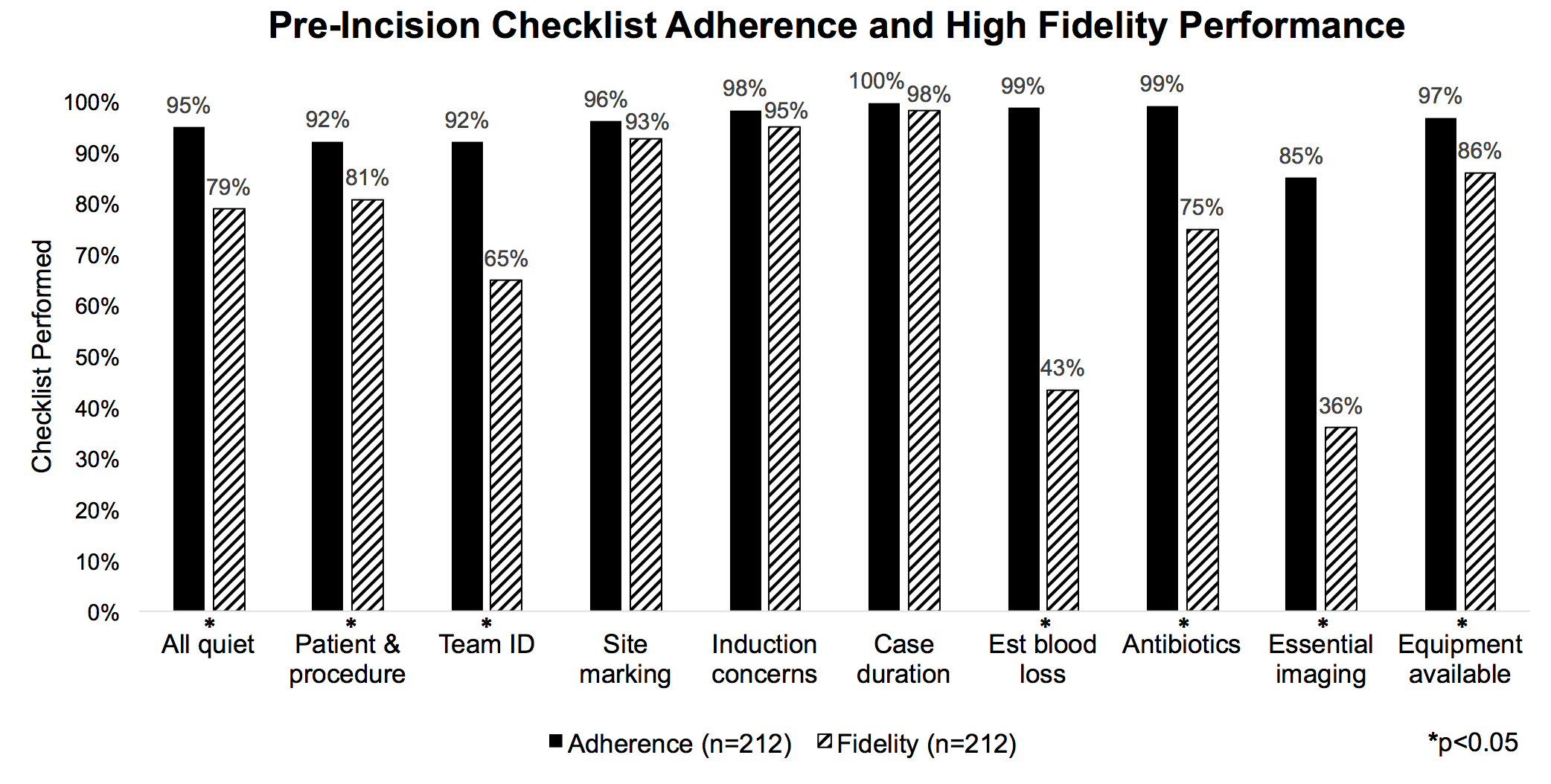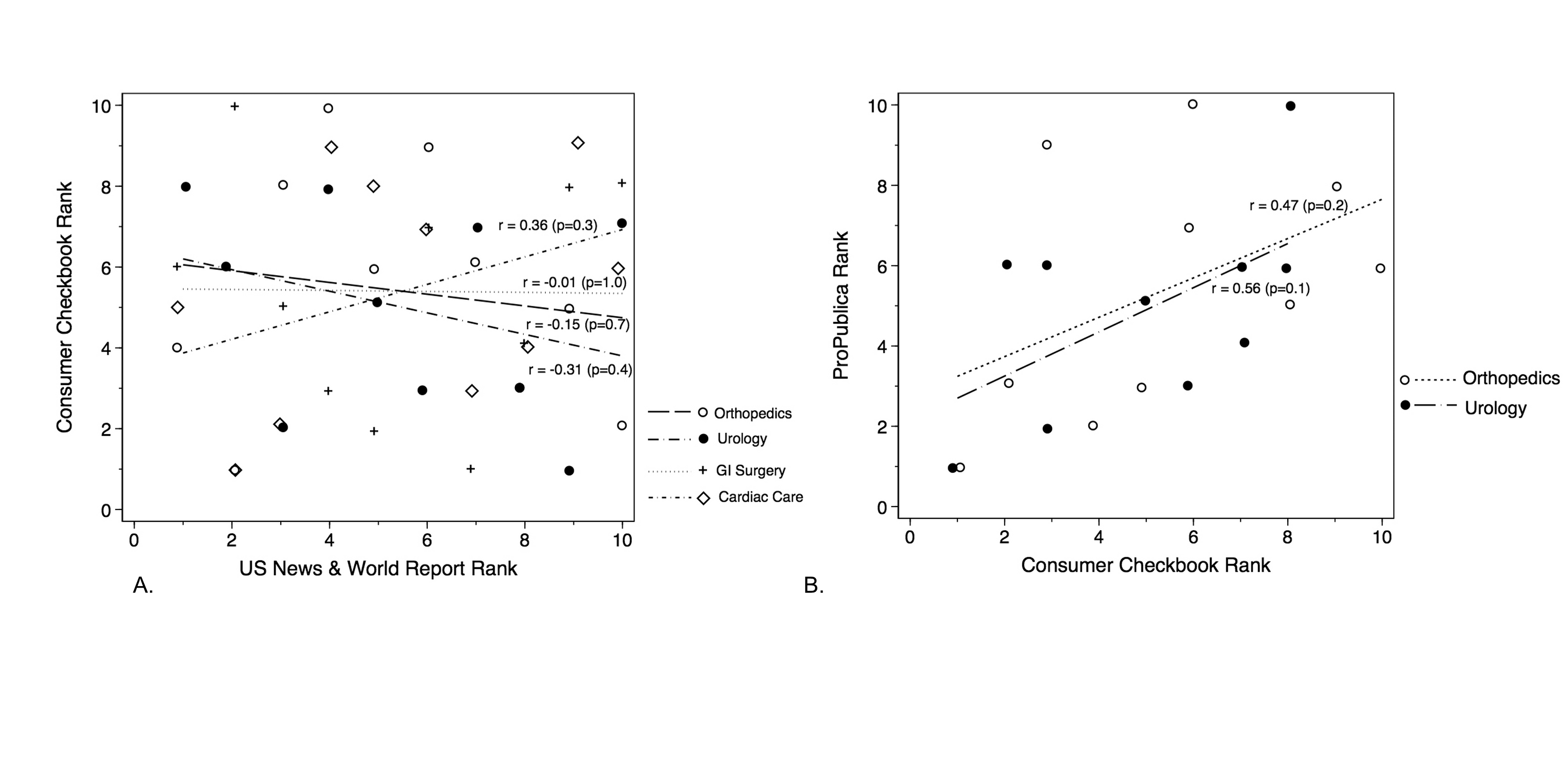N. Tehrani1, S. Wetzel1, M. John1, H. Sanfey1, S. Desai1 1Southern Illinois University School Of Medicine,Springfield, IL, USA
Introduction:
Outcomes associated with the 2003 and 2011 Accreditation Council for Graduate Medical Education (ACGME) duty hour reforms have not been evaluated for patients undergoing index general and vascular surgical procedures. The aim of this study was to evaluate the association between the 2003 and 2011 ACGME duty hour reforms with operative complications, length of stay, mortality, and cost of care. The association between month of the year and outcomes was also evaluated.
Methods:
The 1998-2012 National Inpatient Sample (NIS) was used to identify patients with acute cholecystitis who underwent laparoscopic cholecystectomy, unruptured abdominal aortic aneurysm (AAA) who underwent open repair, or right-sided colon cancer who underwent open right hemicolectomy (RHC). Only teaching hospitals were included in the sample. Patients transferred from another institution, emergency cases, and ruptured AAA were excluded. Control charts and special cause variation were utilized to identify variance in outcomes of over three standard deviations by month and year.
Results:
A total of 15,762 patients underwent laparoscopic cholecystectomy, 23,840 underwent open AAA, and 20,255 underwent RHC over the study period. The overall rate of operative complications decreased in the post-2011 duty hour reform period compared to the post-2003 and pre-duty hour reform periods (P<0.05). LOS also decreased for laparoscopic cholecystectomy and RHC (P<0.05), and also decreased for open AAA once a risk-adjusted analysis was completed (P<0.05). Inpatient mortality and cost of care were not significantly different between the various years for each surgical procedure. Special cause variations of over three standard deviations were not related to either ACGME duty hour reforms or month of the year.
Conclusion:
While there was a decrease in the rate of complications and LOS over time, there was not an association with the institution of ACGME duty hour reforms in either 2003 or 2011, indicating that these changes likely happened for other reasons (i.e. improvement in quality of care, refinement of surgical procedures, etc.). There is also no association between month of the year and patient outcomes, indicating that any positive or negative impact upon patients of interns starting their training is negligible.



